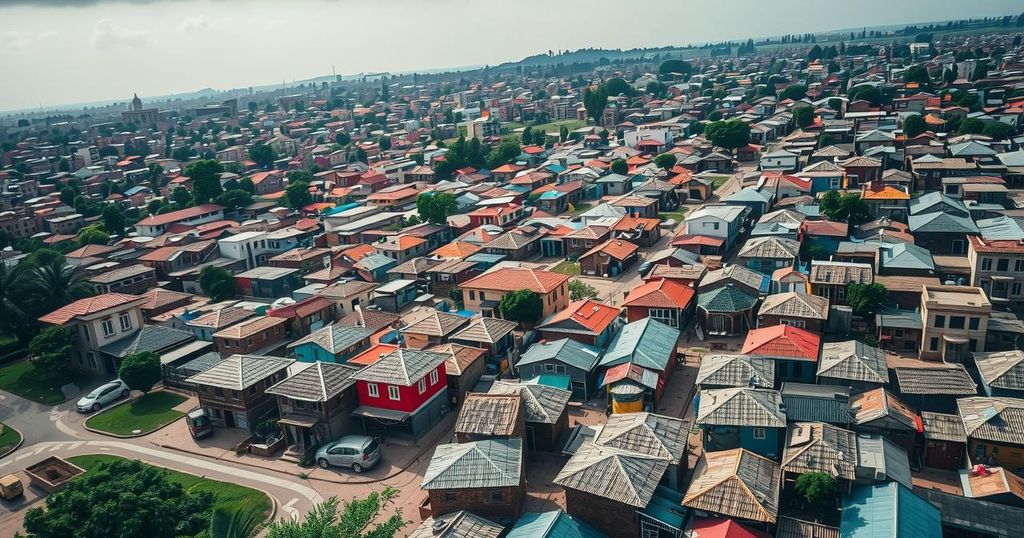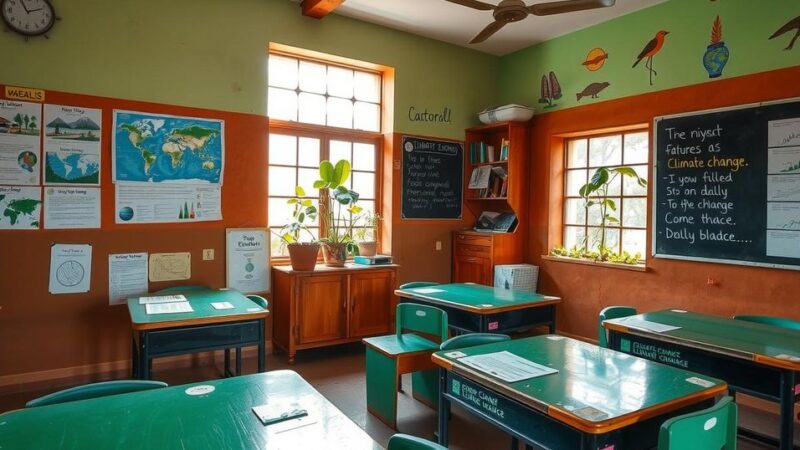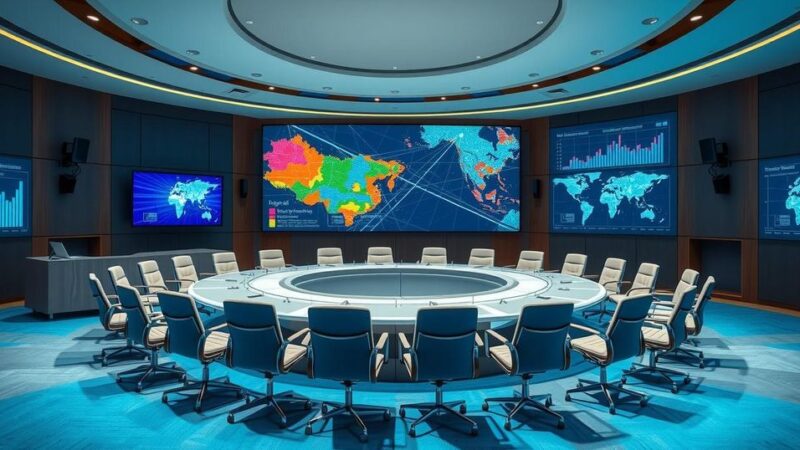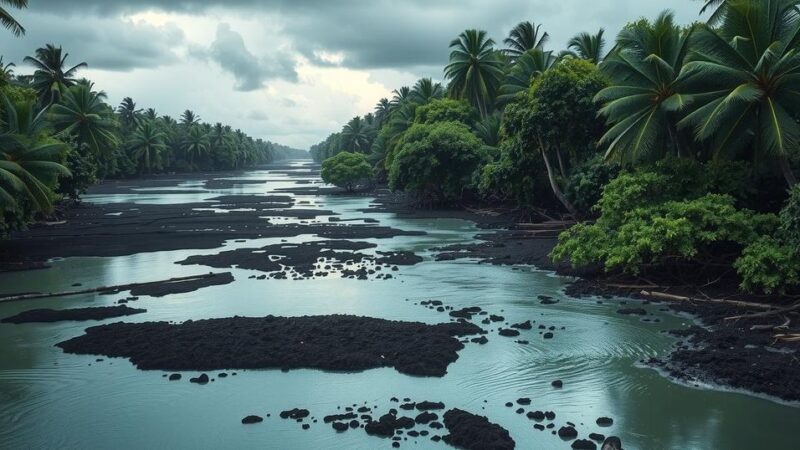Kinshasa, the capital of the DRC, is Africa’s most densely populated megacity with 17 million residents, exceeding the population of New York. The city, characterized by rapid urbanization, combines modern high-rises with tin-roofed homes and faces challenges such as overcrowding and food scarcity. Renowned for its economic activities and vibrant music scene, Kinshasa plays a pivotal role in the region and has a unique geographical relationship with Brazzaville across the river.
Kinshasa stands as the capital of the Democratic Republic of the Congo (DRC) and serves as one of the most densely populated megacities worldwide, with a staggering population of 17 million residents. This figure exceeds that of New York City, highlighting Kinshasa’s prominence among global urban centers. The city’s identity is shaped by rapid urbanization as individuals migrate from rural areas, attracted by the prospect of better living conditions.
Situated along the southern bank of the Congo River, Kinshasa blends high-rise buildings, luxury residences, and expansive neighborhoods composed of modest tin-roofed houses. This swift population growth has resulted in significant challenges, including food shortages and overcrowded living conditions. Kinshasa is not merely the largest city in the DRC but also serves as its epicenter of economic, political, and cultural activity.
Kinshasa’s economy is bolstered by its telecommunications, banking, and manufacturing sectors, establishing it as a central economic hub. Additionally, the city is renowned for its vibrant music scene, particularly the Soukous genre, which integrates Cuban influences and resonates across the African continent. The Congo River further enhances the city’s uniqueness, positioned just across from Brazzaville, the capital of the Republic of the Congo, making them the two closest capital cities in the world, separated only by two miles and lacking a bridge connection.
The tropical climate of Kinshasa ensures warm temperatures year-round, with scattered rainstorms throughout the rainy season from October to May. April is typically the hottest month, averaging 32°C, while July, despite being the coolest month, maintains an average temperature of approximately 27°C. The expansive city covers nearly 10,000 square kilometers, encompassing various neighborhoods ranging from the affluent Gombe, which hosts governmental offices and embassies, to poorer areas located further south.
Kinshasa’s status as Africa’s most densely populated megacity showcases the continent’s rapid urbanization and demographic shifts. As populations migrate from rural regions to urban centers, cities like Kinshasa are experiencing significant changes in social, economic, and environmental landscapes. This drive towards urban living often presents challenges, particularly concerning infrastructure, resource management, and living conditions. The unique cultural aspects, economic significance, and geographical features of Kinshasa further underline its importance regionally and globally.
In summary, Kinshasa exemplifies the rapid urban growth experienced in parts of Africa, all while ranking as the most densely populated megacity on the continent. With ambitious migrations from rural areas seeking better amenities, the city faces the dual challenge of accommodating its expanding population and addressing related associated issues, such as food scarcity. As Kinshasa continues to evolve, its cultural richness and economic potential remain evident, bolstered by its strategic location on the Congo River and its dual capital status with Brazzaville.
Original Source: www.the-express.com






